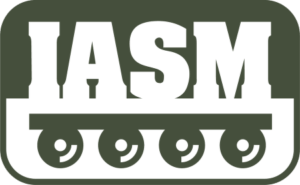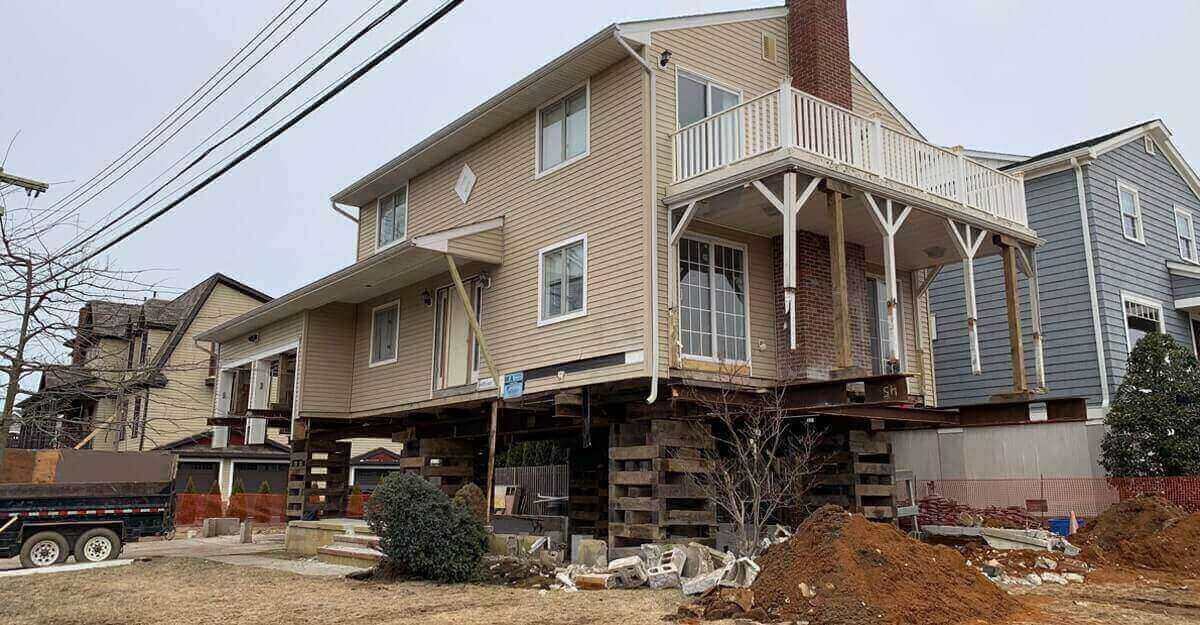Sign of House Foundation Problem and Fixing, New Jersey
Underpinning is a method used to increase the foundation depth. It is the process of modifying an existing foundation system by extending it to or into subsurface strata that is deeper and more stable than the near surface soil that supports the existing foundation system. This is done to provide vertical support that is not present in the existing design. Methods of underpinning include the construction of footings, stem walls, driven piling or drilled piers.
Many of the houses that forensic engineers and repair contractors are asked to evaluate were constructed with foundations that are inadequate for the conditions existing on site. Because of the lack of suitable land, homes are often built on marginal land that has insufficient bearing capacity to support the substantial weight of a structure. Also, where surface soils consist predominantly of expansive clays that shrink and swell as their moisture content changes. As a result, underpinning is required to extend the foundation support to depths that provide greater bearing capacity and are less affected by climate, soil conditions and homeowner’s actions. This underpinning provides the basis to lift the structure to a more acceptable elevation and provides vertical support to prevent the underpinned area from settling.
There are a number of different types of underpinning, depending on the circumstances.
● Mass Concrete underpinning is the most common method of underpinning. The ground below the existing building foundation is excavated in controlled stages (or pins). When strata suitable for bearing the weight of the building has been reached, the excavation is filled with concrete and left to cure before the next pin is excavated. Safe transfer of the building load to the new pin is achieved by ramming a dry sand cement packing mortar between new and old foundations.
● Beam and Base underpinning is a more technically advanced adaptation. A reinforced beam transfers the building load to mass concrete bases, the size and depth of which are dependent upon prevailing ground conditions and the applied loads of the building.
Mini-Piled underpinning is most suited to sites with variable ground conditions, restrictive access, or environmental pollution. It is used when foundation loads need to be transferred to stable soils at considerable depths.
For more informative videos subscribe us on YouTube://goo.gl/brZL5n
Follow Us on Instagram://www.instagram.com/wabuildingmovers/
Again any other questions on this or any other part of the process feel free to contact us via e-mail at info@wabuildingmovers.com or call our office at 908-654-8227. We look forward to hearing from you.


























